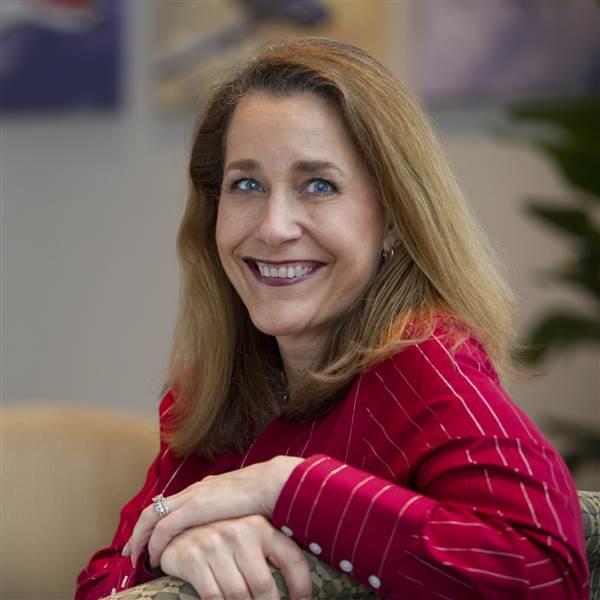Flight schools must track maintenance
In this case, the flight school was certificated under FAR Part 141. It had taken its airplanes, including a Mooney and two Piper Cherokees, to a repair station for maintenance and repair. The aircraft were returned to service as airworthy, and in fact, the four ADs at issue were not due to be complied with until between 2.2 and 87.59 hours of tach time after the repair station had finished the maintenance on the aircraft. Later, an FAA inspector discovered that the AD compliance had been exceeded by 34.22 hours to 47.6 hours. The FAA sought a $30,000 civil penalty against the flight school for operating the aircraft beyond the deadline for complying with an AD (FAR 39.3) and for operating aircraft in a careless or reckless manner (FAR 91.13[a]).
An administrative law judge (ALJ) found that the flight school had been specifically told about one of the ADs, and therefore the flight school actually knew it would be operating the aircraft beyond an AD compliance date. The judge found the flight school responsible in that instance. As to the other ADs, the judge found that the flight school had reasonably relied on the repair station to check the ADs and complete them when they were due, so it could not be held responsible for operating those aircraft past the AD. On appeal, the FAA administrator disagreed with the judge's analysis of the facts and the law and said, "The ALJ erred in finding that [the flight school] was not responsible for operating the aircraft past the deadlines for the ADs. [The flight school] had a responsibility, independent of the repair station's responsibility, to know when its ADs were due, and to make sure they were completed on time and were properly recorded. While both the operator and the repair station may be liable in any given case for the failure to complete an AD on time, the regulations expressly state that the operator's responsibility for AD compliance is primary. [FAR] 91.403(a) states, '[t]he owner or operator of an aircraft is primarily responsible for maintaining that aircraft in an airworthy condition, including compliance with Part 39 of this chapter. Part 39 (specifically, 14 CFR 39.7) prohibits operating aircraft that do not comply with ADs."
The FAA administrator pointed out that FAA Advisory Circular 39-7C, Airworthiness Directives, restates that the "owner or operator remains fully responsible for AD compliance," and that the AC and FAR 91.417(a)(2)(v) require that the owner or operator keep records of the status of AD compliance. The FAA administrator also noted that ADs are available for review free of charge on the FAA Web site, and that it wasn't the repair station's responsibility to warn the flight school when an AD would be due.
The FAA administrator found that the flight school committed all of the alleged violations. The ADs were issued to prevent serious safety problems--loss of control and collapse of the landing gear (a flight control and landing gear system AD), injuries from a propeller strike (an ignition switch AD), and engine stoppage (an oil cooler hose AD). The results of noncompliance could have been tragic, the FAA administrator said, adding that there appeared to be not just one isolated incident of operating when an AD was past due, but several, indicating a systemic problem. This problem is particularly serious, the FAA said, because the flight school was a commercial operator and its customers were student pilots, who would be less capable of managing a maintenance-related emergency than experienced pilots. Nevertheless, the FAA administrator reduced the civil penalty to $8,000.
This decision reminds us that we each have independent--but sometimes very similar and redundant--responsibilities in ensuring the safe operation of aircraft. As owners, as operators, as pilots, and as mechanics, the regulations expect us to work together, sometimes in acting alone, sometimes reasonably relying on each other to perform a duty, and sometimes simply backing each other up.
Kathy Yodice is an attorney with Yodice Associates in Washington, D.C., which provides legal counsel to AOPA and administers AOPA's legal services plan. She is an instrument-rated private pilot.



